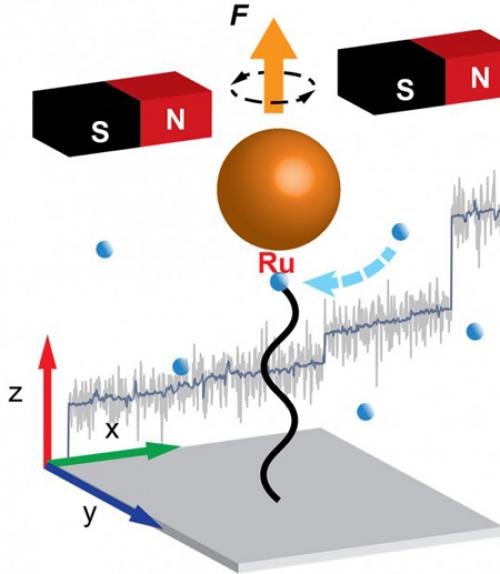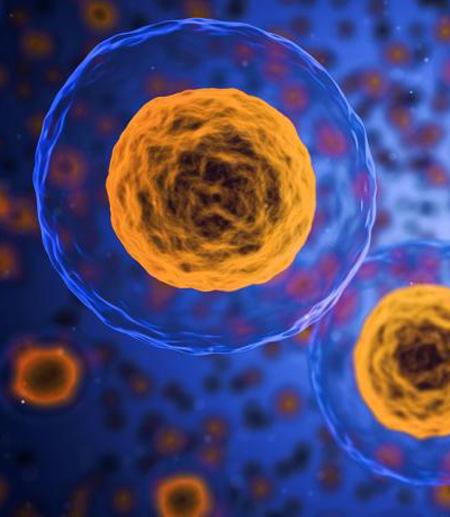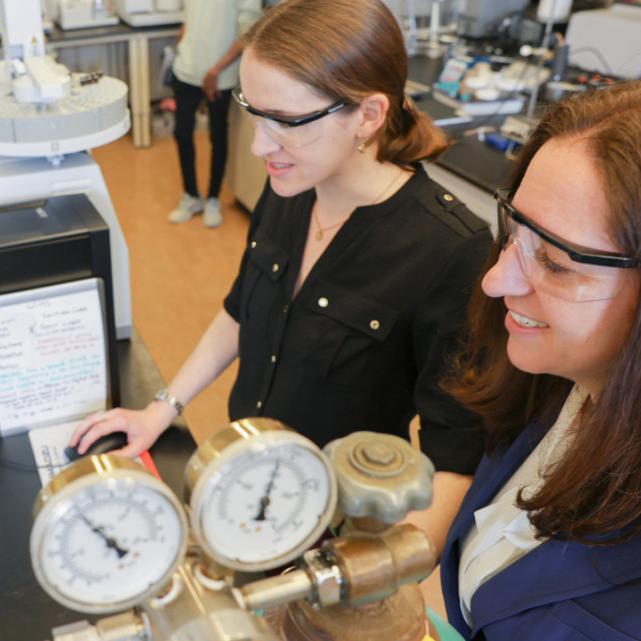
Magnetic tweezers reveal ‘hairballs’ in polymer growth
Conventional wisdom has said that when molecules known as monomers band together to create a polymer chain, that creation takes place steadily as the chain forms, like spaghetti out of a pasta maker. But a Cornell research collaboration shows that’s just not the case.




